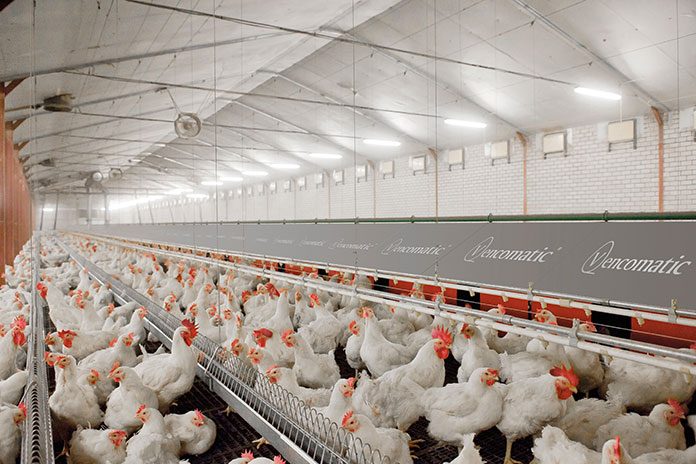
Variability of androgen concentrations in the avian egg is often explained by an adaptive hypothesis according to which differential maternal deposition of yolk hormones may adjust offspring’s phenotype to ambient environmental conditions. In line with this hypothesis, numerous studies have shown that experimentally increased yolk testosterone levels affected a wide array of offspring’s traits. However, a mechanistic view on the variability of yolk androgen deposition is still missing. To understand physiological mechanisms of egg hormone deposition, we analysed a temporal pattern of plasma luteinizing hormone (LH), testosterone and estradiol concentrations during the ovulation-oviposition cycle in two lines of Japanese quail that were divergently selected for low (LET line) and high (HET line) yolk testosterone levels.
After six generations of selection, HET females laid eggs with more than twice yolk testosterone concentrations as LET females. Exact time of egg laying was recorded for each female over one week-period to estimate timing of individual ovulation-oviposition cycle and then serial blood samples were collected at 6.5, 3.5 and 0.5 hours before expected ovulation.
In the second experiment, we evaluated responsiveness of LH to a single stimulation with an analogue of gonadotropin releasing hormone (GnRH) in females of both lines The GnRH challenge was performed around 3.5 hours before ovulation. In HET females, the highest LH levels were found 3.5 hours before ovulation and they corresponded to the expected pre-ovulatory LH peak. Surprisingly, in LET females, maximum LH concentrations were reached 0.5 hours before ovulation. Moreover, plasma LH levels were significantly higher in HET than LET females 6.5 and 3.5 hours before ovulation with no line differences around the time of expected ovulation. Pre-ovulatory peaks of plasma testosterone and estradiol concentrations were found between 6.5 and 3.5 hours before ovulation in both LET and HET females. Plasma LH levels increased five minutes after direct GnRH stimulation but the responsiveness did not differ between lines.
In conclusion, our results demonstrated that high yolk testosterone deposition is associated with the pre-ovulatory peak of LH in the circulation and probably depends on factors that influence hypothalamic-pituitary sensitivity during the ovulation-oviposition cycle.
Supported by the grant APVV 0047-10 and VEGA 1/0686/15 to MZ and MO and grant funding from the BBSRC to SLM.

















